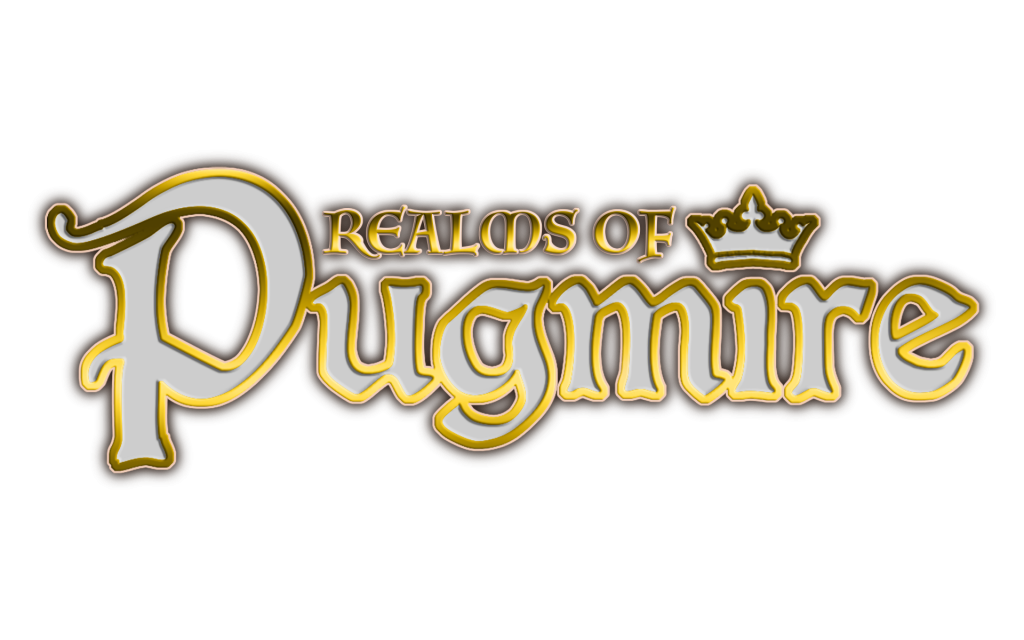
Gamers of a certain age may remember the days of random character creation, where the dice determined what you were playing. And it was deemed bad, and from then decades of games were designed to give players the chance to make exactly the characters they wanted. I was definitely at the front of that queue, celebrating skill points and templates and dot allocation and anything else that allowed me to make exactly the character I wanted, damn it.
But over the years, I’ve warmed back up to random character creation. Sometimes I don’t have a concept in mind. Sometimes I like the creative challenge of trying to make random bits stick together. And honestly, sometimes I just want to roll some dice and start playing. Since I was making a brand-new edition of my favorite game, I figured I had an opportunity to scratch that design itch.
Now, this is entirely optional – you can still make characters more or less the way you did before. But even in the original Pugmire book, I had little tables you could choose from, but also always had 6 or 8 or 10 options, so you could roll if you want to. This is really just an outgrowth of those.
I won’t show you the whole bit, but I’ll give you an example. Here’s the first table (note that this is using an older version of the manuscript):
A) Upbringings (1d8)
Choosing an upbringing for your template is the same as for full character creation: simply pick which of the seven appeals to you. If you can’t decide, feel free to roll 1d8 and use the table below.
1. Companion. Add +2 to Charisma and write down the trick Puppy Dog Eyes. Go to step B1 (Upbringing Concepts: Companions) or C (Family).
2. Fettle. Add +2 to Constitution and write down the trick Hardy Constitution. Go to step B2 (Upbringing Concepts: Fettles) or C (Family).
3. Herder. Add +2 to Wisdom and write down the trick Keen Observer. Go to step B3 (Upbringing Concepts: Herders) or C (Family).
… and so on. “Upbringing” is what we used to call “breed,” by the way. As you can see, you can choose whichever you like, just like before. But let’s say I rolled, and got “Companion.” I would add a bit to Charisma, write down a trick, and go on to step B1, which says:
B1) Companions (1d4)
1. An affable genius of mystical theory that struggles with mundane concerns. Write down Sage as your background and Artisan as your calling. Go to step C (Family).
2. A wandering storyteller that uses magic to help her craft. Write down Free Dog as your background and Artisan as your calling. Go to step C (Family).
… etc. With a single roll, I get a concept, a background, and a calling. Of course, that’s an optional step – you can also skip that chart and instead roll background and calling separately. But if you’re just looking for a quick concept, this gives you all the major choices in two dice rolls.
Right now in testing, people who have never looked at the book before and need to look things up can make a character from start to finish in about half an hour by rolling. That’s going from a blank character sheet to ready to play. I’ve made some changes to try and make that even faster, and right now I think it’s closer to twenty minutes. And that’s really cool to me.
